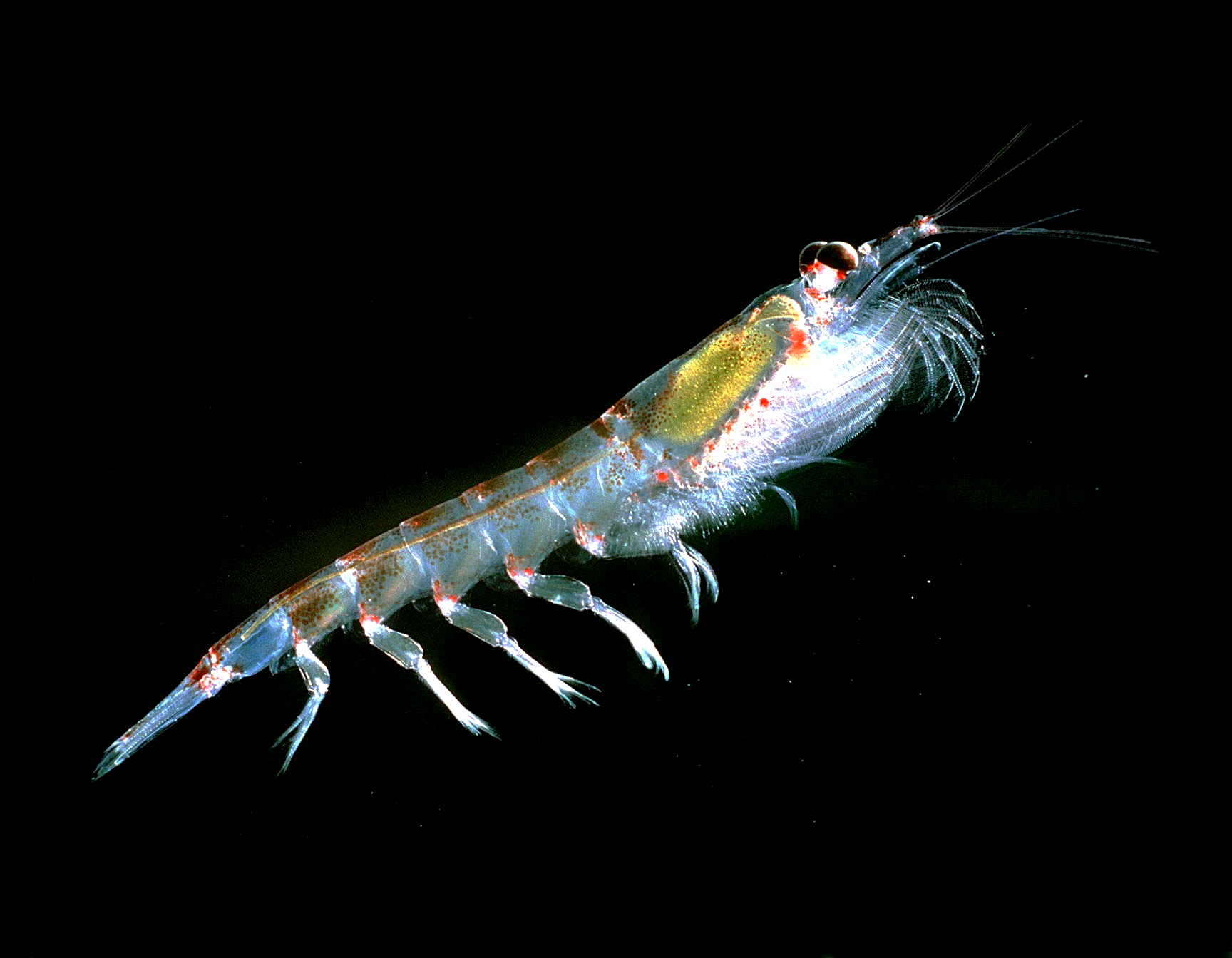Media release
From:
Microplastics have been found everywhere in the world, including Antarctica, the least populated place on earth. In this study, we provided field-base evidence of microplastics presence in Krill and Salps, two emblematic zooplankton species of the Southern Ocean marine ecosystems. Our results prove how in situ microplastics ingestion from these organisms is a real and ongoing process in the Southern Ocean. Krill and Salps are key trophic link for higher predators such as marine whales, seals and penguins. Therefore, our finding underlines that Antarctic marine ecosystem may be particularly sensitive to plastic pollution.



 International
International


